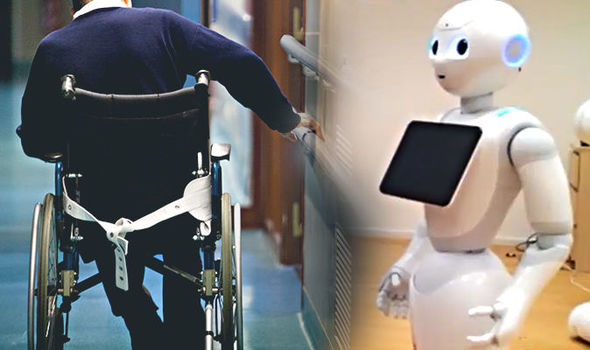It is not a secret that with the rise of social media, our society has become increasingly concerned with the way we are perceived by others. Especially with the ever-growing popularity of photo-based platforms such as Instagram and Snapchat, a new form of “selfie culture” is thriving, with people trying to capture each and every interesting moment of their lives and sharing them with others (Global News, 2019). While on the positive side, this creates new opportunities for us to express ourselves, it has also made us significantly more self-aware, especially in regards to our own appearance.
The effect of filters and augmented-reality tools on our self-perception
One striking feature of today’s “selfie-culture” is the widespread usage of photo-editing applications, filters and other augmented-reality tools, which allow us to easily touch up our photos and project an enhanced version to the world, but also to ourselves. Filters that for instance blur out blemishes and smoothen your skin texture have become so widely used, that nowadays, seeing an unedited photo seems to be the exception rather than the rule. While some filters only subtly touch up your photos, there are also more dramatic filters that significantly alter your appearance – from making your eyes and lips bigger to slimming down your face or sharpening your jaw line. The usage of filters might seem harmless at first, but a slight edit here and there can accumulate and eventually lead to a dangerous spiral of obsessiveness and compulsiveness around the image of your own body and face (WomensHealth, 2020).
As such, there is even a term for people that strongly fixate on their looks because of social media. “Selfie Dysmorphia”, or also called “Snapchat Dysmorphia”, has been derived from body dysmorphic disorder, which is a mental health condition, in which the affected person is obsessively focusing on one or more perceived flaws in their own appearance. The term “Selfie Dysmorphia” was established by a cosmetic surgeon, who observed an increasing number of patients requesting cosmetic procedures that would make them look just like the enhanced versions of themselves in their photos posted on social media (The Guardian, 2019).
The major problem in this case is that people are no longer just comparing themselves with a retouched photo of some celebrity on a magazine cover, but rather, that they are measuring themselves against an enhanced and pretend image of themselves, which blurs the line between reality and illusion and can distort their own self perception (Forbes, 2021). As such, filters and other augmented-reality tools can result in people fixating over supposed problems with their appearances, that they previously never even would have noticed (Waterfield, 2021).
Reflection
I think it comes as no surprise that Instagram and Snapchat can have a very damaging impact on people’s self-image. Especially for young girls, constant comparisons to filtered versions of others but also of themselves can have dangerous consequences, which should be taken very seriously. I think that overall, more transparency must be created. Norway for example recently has passed a legislation that requires content creators on social media to disclose whether they edited their photos or used a beautifying filter (Upworthy, 2021). While this will likely not solve the issue, I think that it is a step in the right direction and more legislators, but also platform providers themselves, should follow this example to make the distinction between real and fake more transparent. Nonetheless, the most crucial aspect is in my opinion to cultivate an overall more conscious and critical view on our own usage and time spent on social media to ensure that we do not lose touch with reality.
References
https://www.upworthy.com/norway-photo-editing-influencer-law
https://www.womenshealthmag.com/beauty/a33264141/face-filters-mental-health-effect/
https://www.mayoclinic.org/diseases-conditions/body-dysmorphic-disorder/symptoms-causes/syc-20353938
https://childmind.org/article/what-selfies-are-doing-to-girls-self-esteem/
https:// womensenews.org/2021/07/the-reverse-selfie-blurring-the-lines-of-reality-and-fantasy/
https:// youtube.com/watch?v=tRfpuEXrJqQ&ab_channel=GlobalNews


